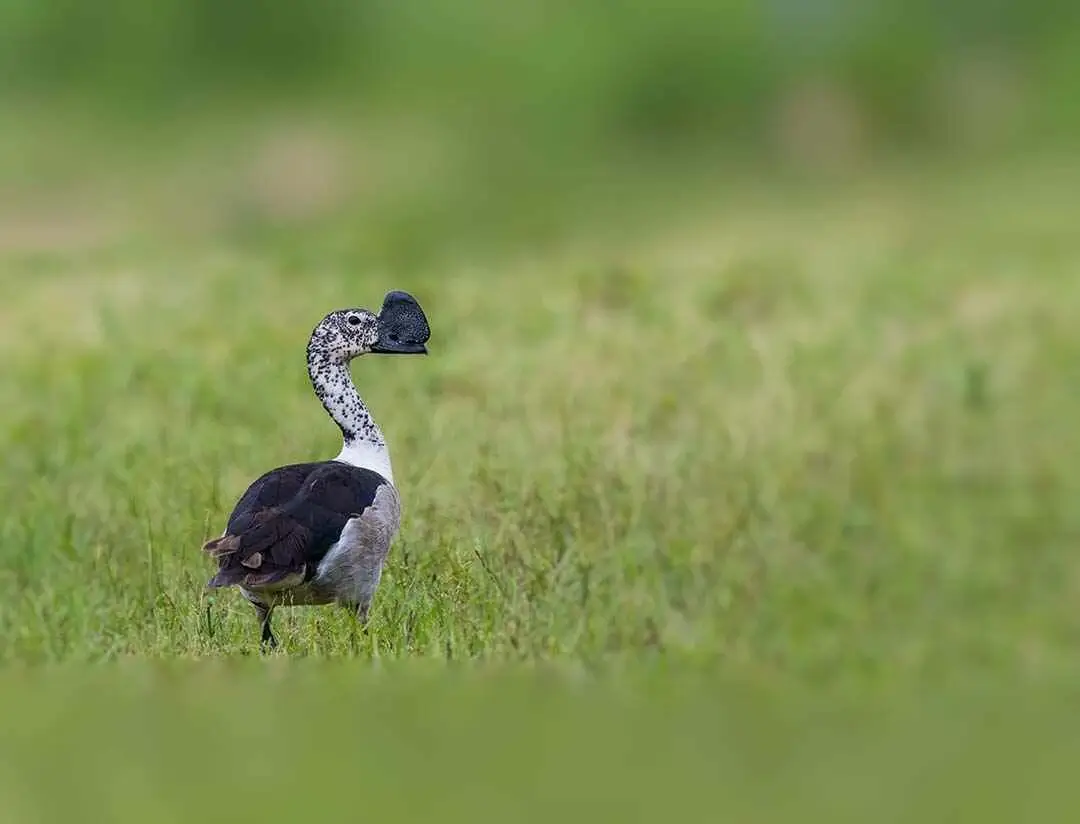
BIRDING IN
Tsavo East National Park
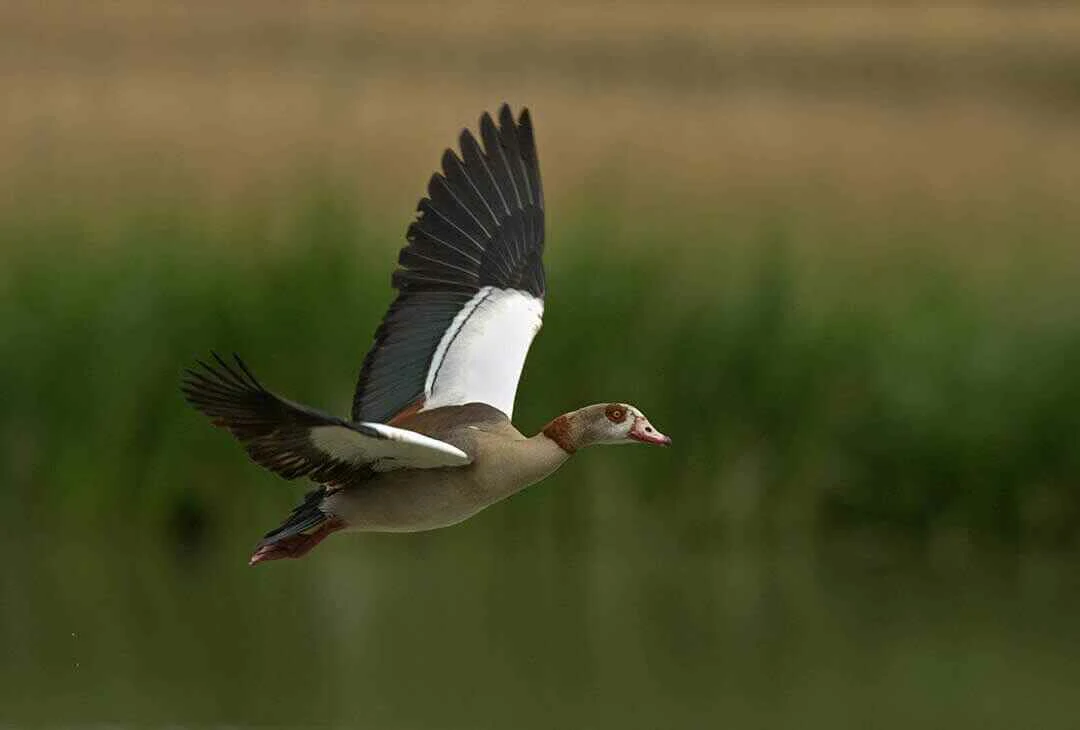
BIRDING IN
Tsavo East National Park
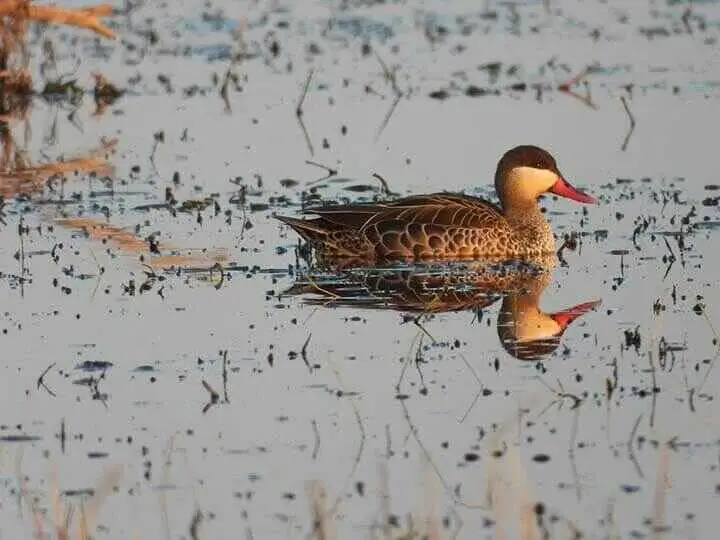
BIRDING IN
Tsavo East National Park
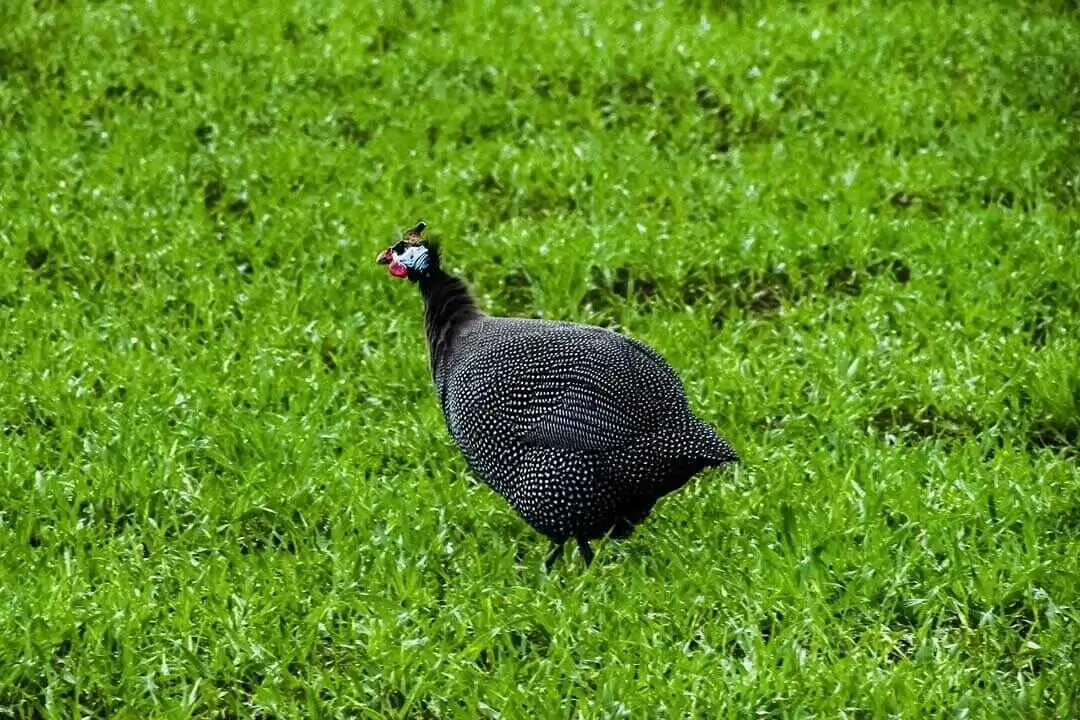
BIRDING IN
Tsavo East National Park
This national park covers an area of 1,175,000 hactares with an Altitude of 300 - 910 meters. This vast savanna National Park lies in low, semi-arid country at the eastern edge of the inland plateau, north of the main Mombasa - Nairobi road and railway. Much of the park is level, open country, with scattered rocky outcrops. The Yatta Plateau, a long, flat-topped lava ridge, runs along the western boundary and beneath flows the Athi River, this joins the Tsavo River to become the Galana River, a permanent stream that cuts right across the park. The seasonal Tiva and Voi rivers are important features of the northern and southern sectors, respectively.
Along the rivers is a narrow fringe of woodland and thicket, dominated by Acacia elatior, the Doum palm Hyphaene compressa and the shrub Suaeda monoica. The northern part of the park is predominantly more-or-less dense Acacia - Commiphora woodland. South of the Galana, this has been opened out over the years by fire and elephants to form open bushed grassland. Common shrubs here include species of Premna, Bauhinia and Sericocomopsis, and scattered trees such as Delonix elata and Melia volkensii. The Yatta Plateau has a cover of dense bushland, with stands of baobab Adansonia digitata. There are scattered seasonal pools, swamps and dams, but relatively few sources of permanent water. The vegetation is generally denser in the west, where rainfall is c.450 milimeters per year, than in the drier east, which may receive only 250 milimeters.
The enigmatic, Near Threatened Mirafra pulpa probably nests here, with birds recorded singing and displaying in open bushed grassland near Voi Safari Lodge in 1976 - 1977. The park's huge area of natural habitat supports important populations of resident species, and is also a very significant stopover and wintering ground for Palearctic migrants. Falco naumanni is one such (regular but uncommon) visitor from December to March. There is likely to be a substantial passage of Acrocephalus griseldis from the Middle East, judging from birds ringed further south in Tsavo West National Park, some birds overwinter. Regionally threatened species in Tsavo East include Anhinga rufa (occasional visitor), Casmerodius albus (regular visitor), Ephippiorhynchus senegalensis (regular), Trigonoceps occipitalis (resident in small numbers), Polemaetus bellicosus (a stronghold, although the total numbers may be small as home ranges cover a great area), Podica senegalensis, and Phoeniculus granti (uncommon).
Tsavo East National Park is the one of the best birding safari destination in Kenya and the entire East African region. It has many dry- country specials which are easy to spot, including the bravura golden- breasted, golden pipit and the Vulturine Guinea fowl. The park is also south most known for the Somali ostrich. Other bird species includes the Somalia bee-eater, Taita falcon, Slender-tailed nightjar, Rufous chatter, Red-bellied parrot, Northern brownbul, Pamngani long claw, Martial eagle, Lesser ketrel, Africa Fin foot, Fisher's starling and among so many bird species in the park. The migratory bird species are also found in Tsavo East National park these birds come during the breeding time in the months of March, May as well as November. The coastal birds visit the park at that time of the year. The other birds are the European migratory that come around the same time.
Our Experts are ready to provide answers
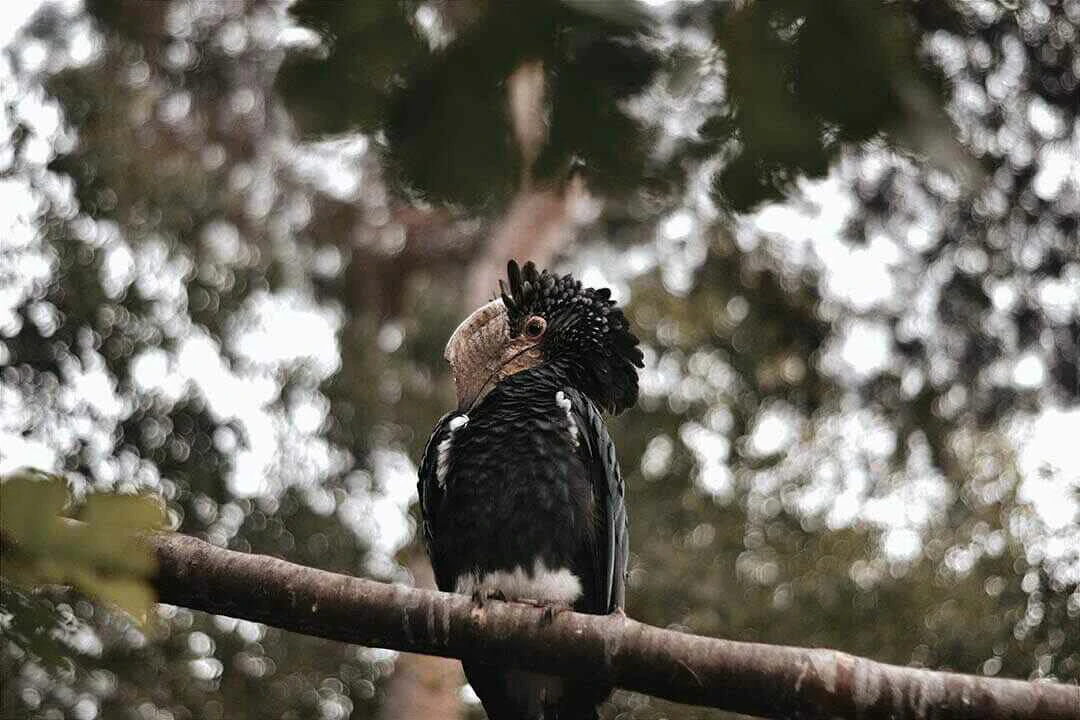
Over 200 bird species have been recorded, including Aviceda cuculoides, Buteo oreophilus, Francolinus jacksoni, F. psilolaemus and Tauraco hartlaubi. Nectarinia johnstoni is found on the high peaks, foraging largely on lobelias, while other montane sunbirds (including Nectarinia tacazze, N. reichenowi, N. famosa and N. mediocris) are common at slightly lower altitudes.
Read More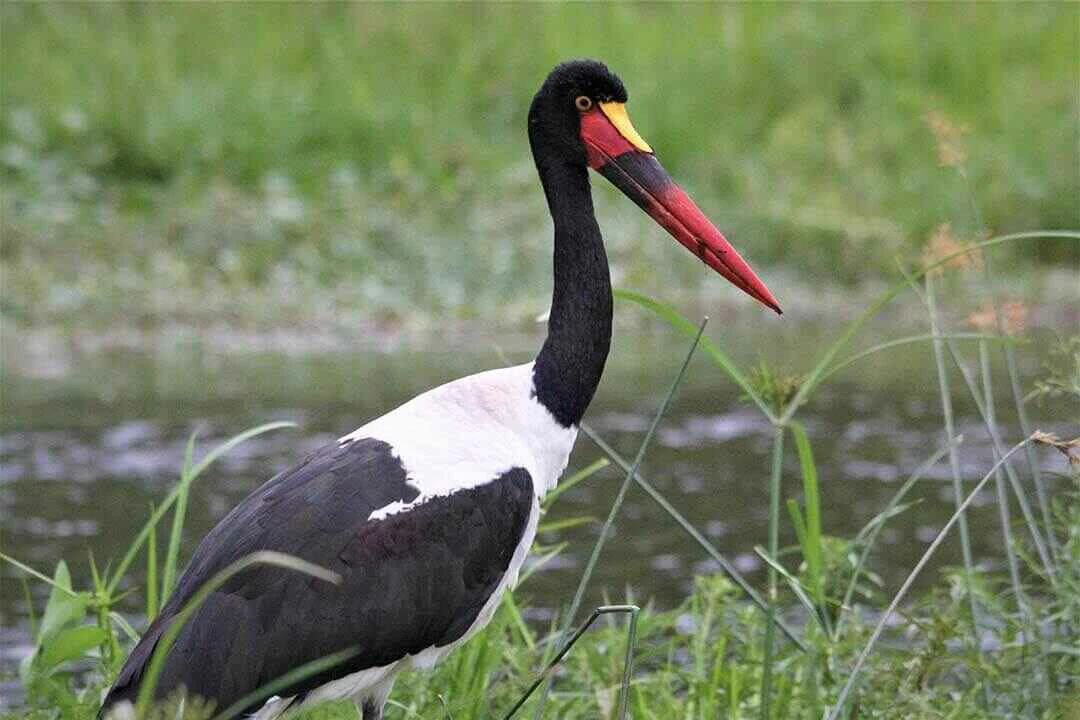
Some 244 bird species are known from this Important Birding Area. The area is important as the southern limit of many Sudan - Guinea Savanna biome birds. The most interesting species known from this little explored region is the submontane sunbird Nectarinia preussi of the Afrotropical Highlands biome.
Read More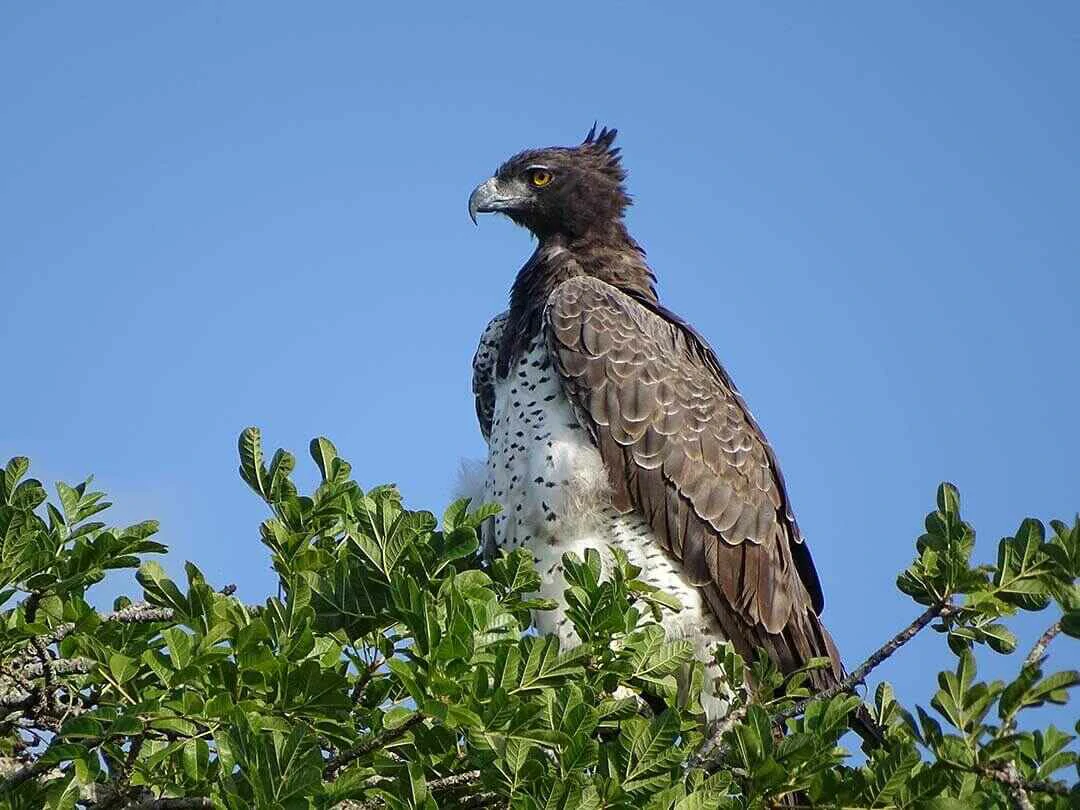
At least 16 bird species occur in Kakamega but nowhere else in Kenya, and another 30 (such as Psittacus erithacus) are probably now confined to this site. The grassy glades have their own distinctive avifauna, with many moist-grassland species that are now rare elsewhere in western Kenya. Regionally threatened species include Circaetus cinerascens (fairly common resident), Hieraaetus ayresii (relatively abundant),
Read More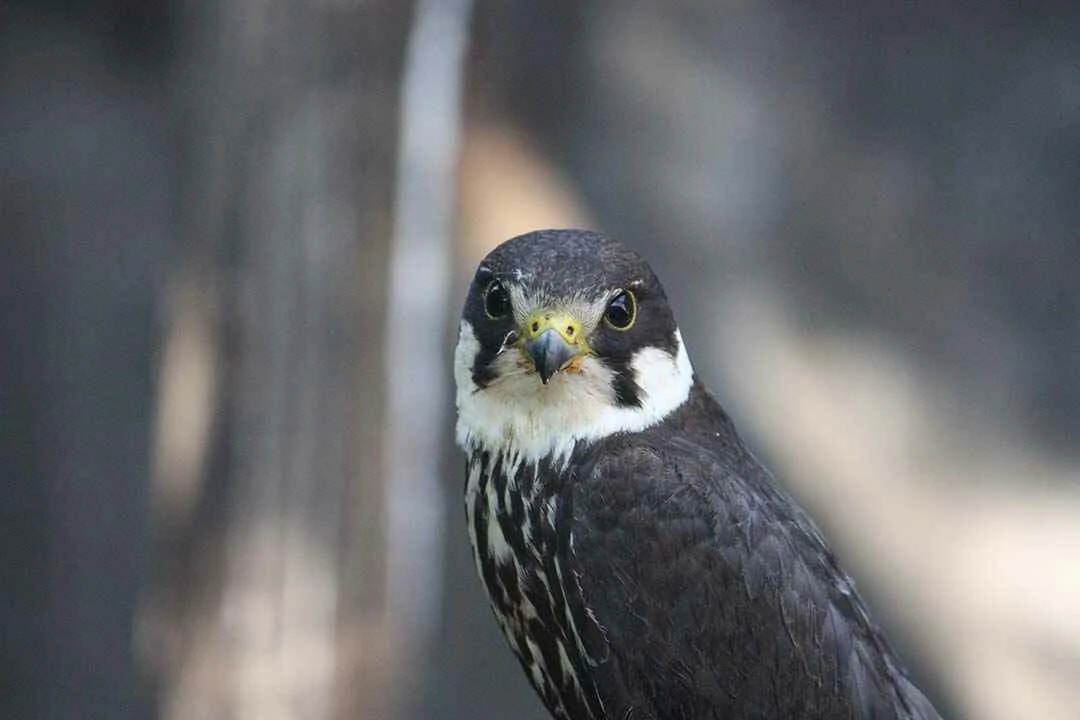
This is probably the world stronghold of Macronyx sharpei, a threatened Kenya bird endemic. The species is confined to grassland, preferring short-grass fields with tussocks, and in good habitat occurs at densities of 0.8 individuals/ hactares. Cisticola aberdare is thought to occur in the higher parts of the plateau, close to the Aberdare mountains,
Read More
Lake Elementeita is home to 13 globally threatened bird species and some of the highest bird diversities in the world. Due to the assemblage of various birds of conservation concern, such as the threatened, range-restricted Grey-crested Helmet-shrike nearly threatened which occurs in the surrounding woodland where it may be resident.
Read More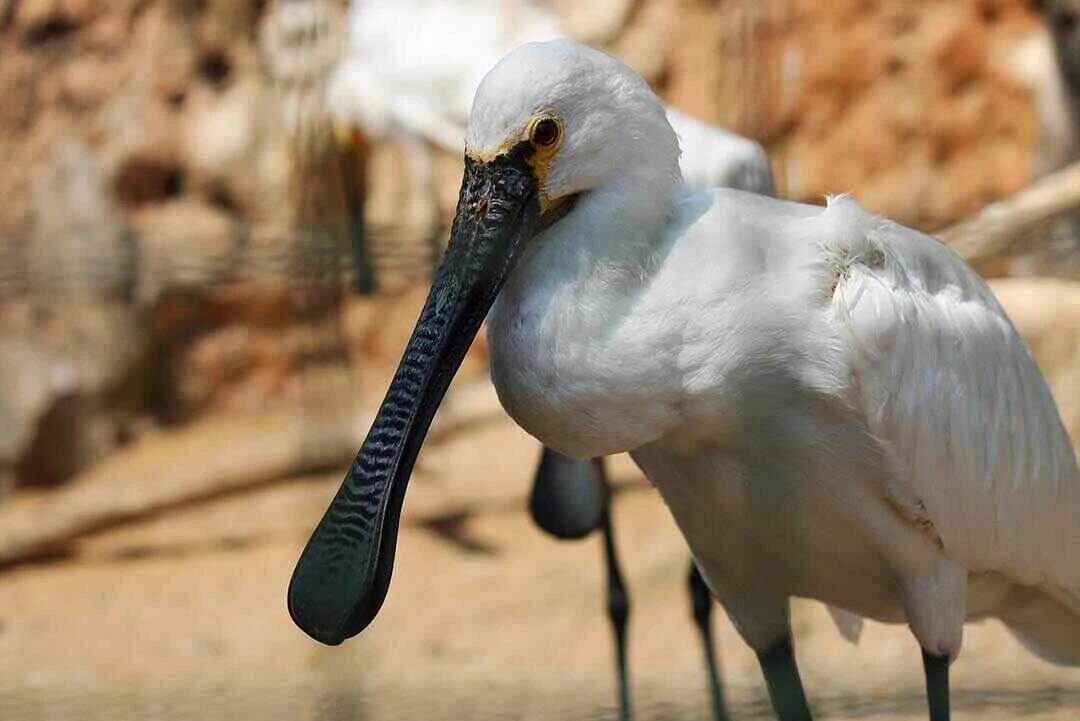
Bird life is concentrated at the lagoons. Phoenicopterus minor is often present in internationally important numbers though Magadi is a much less significant feeding site for this species than Bogoria or Nakuru.
Read More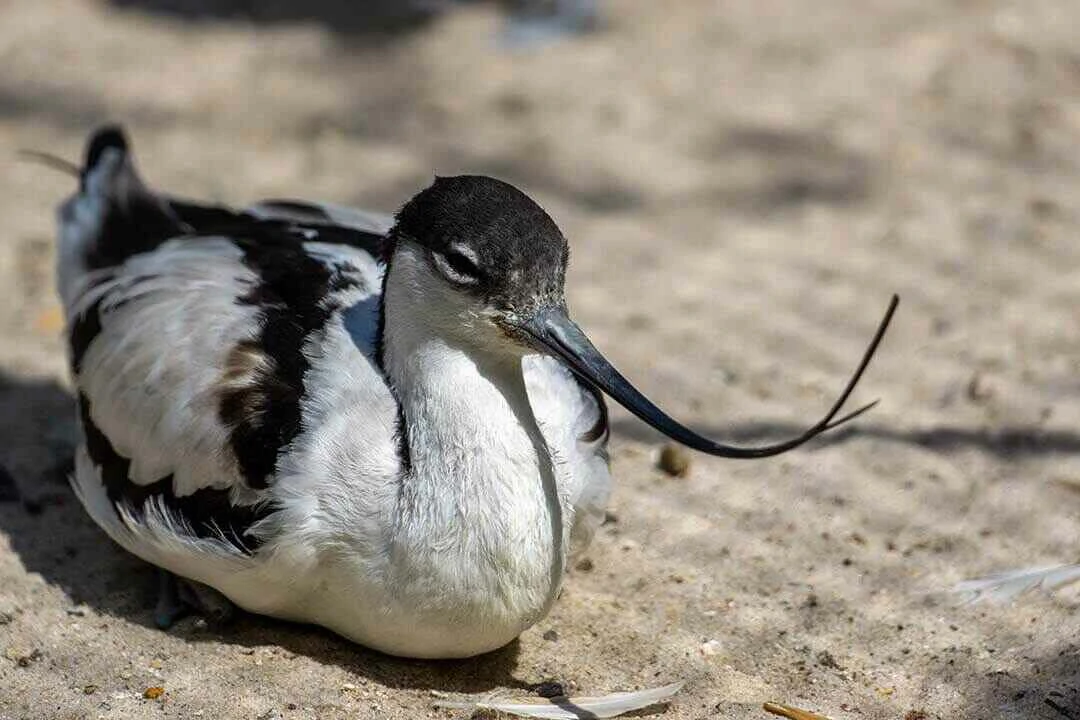
Lake Naivasha and its surrounding harbour numerous bird species that include kingfishers, pelicans, great cormorants, fish Eagles, Pelicans, Grey-backed fiscal, hawks, cuckoos, woodpeckers, shrikes, Cape Teal, Pied Avocet, Black Heron, Goliath Heron, Maccoa Duck, Great White Pelican, Common Greenshank, Ruff, Green Sandpiper, Hilderbrandt's Francolin, Arrow-marked Babbler, African Fish Eagle.
Read More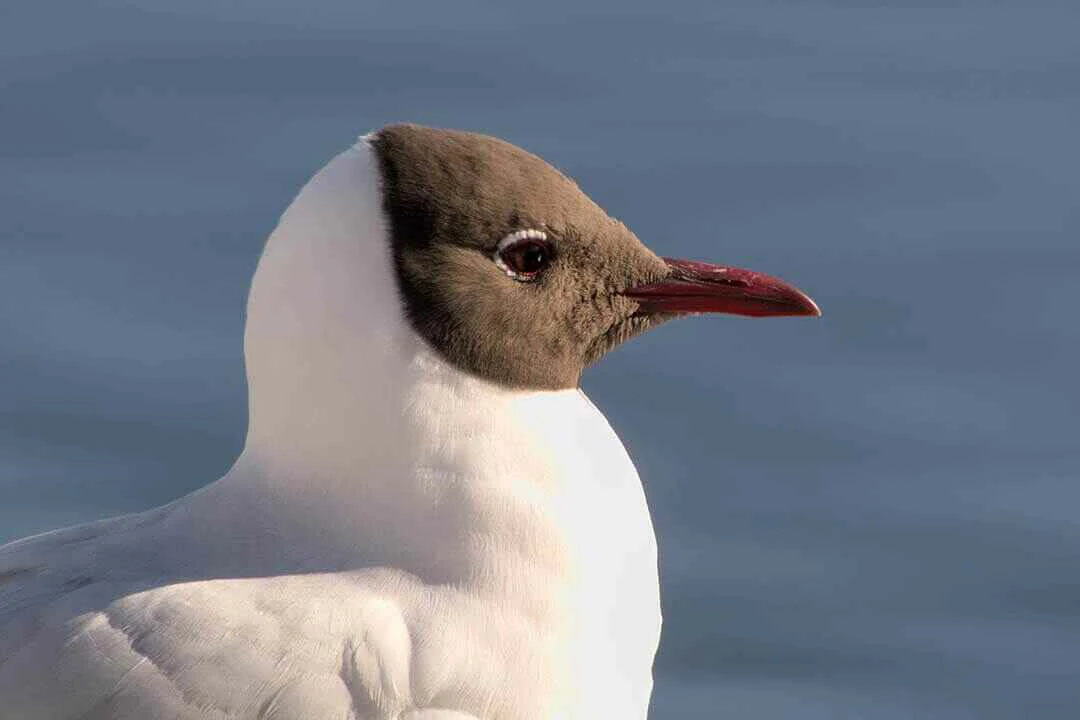
The lake is internationally famous for its populations of Phoenicopterus minor; numbers can reach 1.5 million at times, though drastic and unpredictable fluctuations occur. Undoubtedly Nakuru is a very important feeding site for this species; attempts by flamingos to breed here have not been successful.
Read More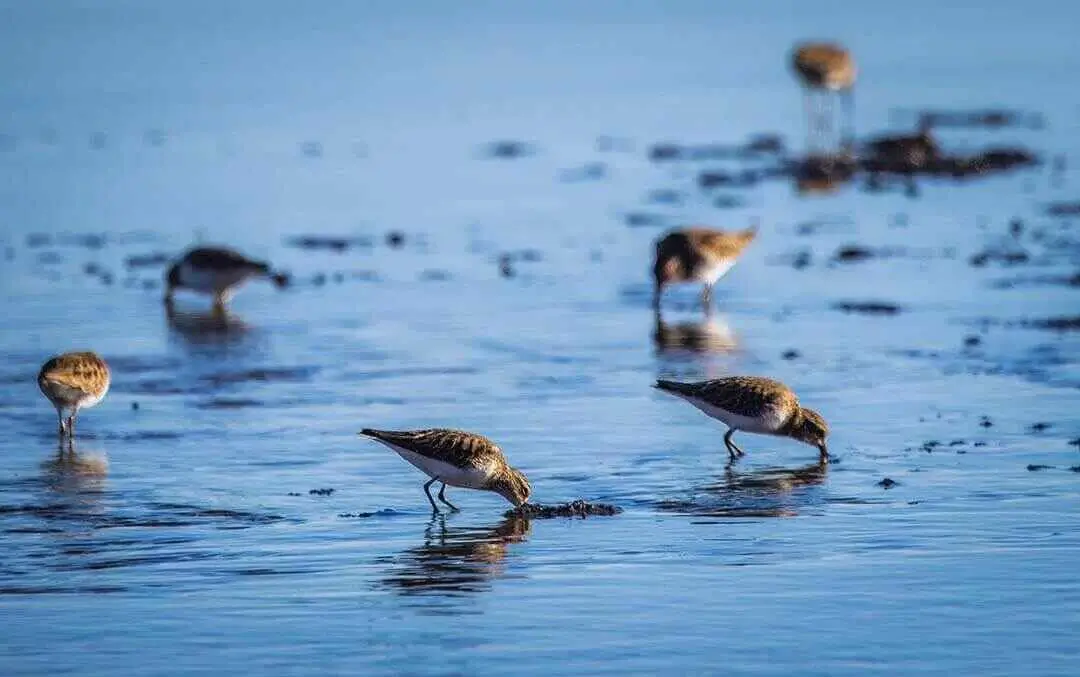
Turkana is an extremely important waterbird site: 84 water bird species, including 34 Palearctic migrants, have been recorded here. Over 100,000 Calidris minuta may winter, representing more than 10% of the entire East African/South East Asian wintering population.
Read More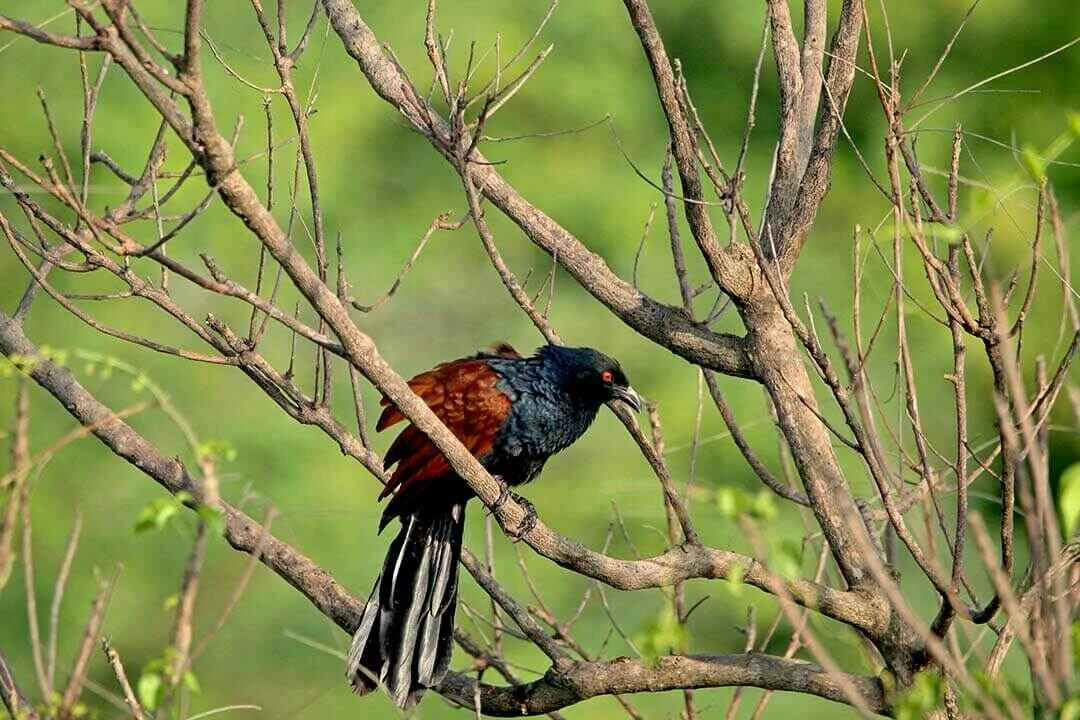
The Mara's extensive grasslands are a stronghold for the threatened, migratory Crex crex and the near threatened, restricted-range Euplectes jacksoni. The woodlands around the reserve are probably the centre of abundance for the threatened, restricted-range Prionops poliolophus.
Read More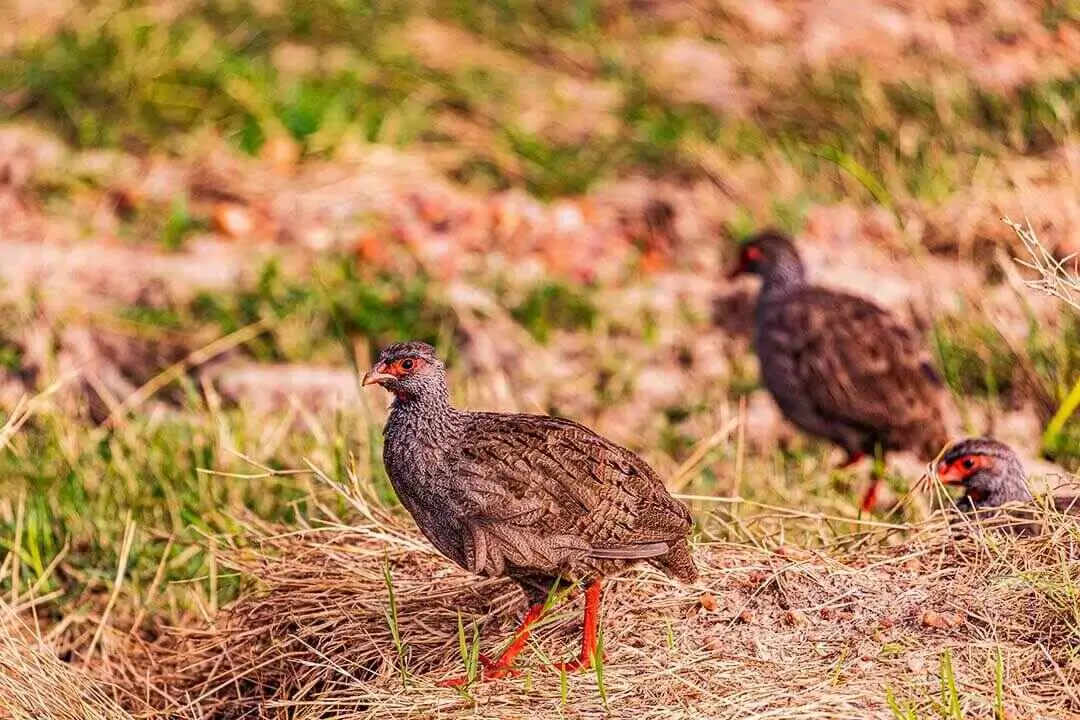
A number of regional endemics occur such as Tauraco hartlaubi and the restricted-range Cisticola hunteri and Francolinus jacksoni. Regionally threatened species include Hieraaetus ayresii (scarce and local), Stephanoaetus coronatus (resident in small numbers), Tyto capensis (no recent records), Bubo capensis, Glaucidium tephronotum (fairly common), Indicator exilis, Sheppardia polioptera (uncommon and local), and Campephaga quiscalina (uncommon resident).
Read More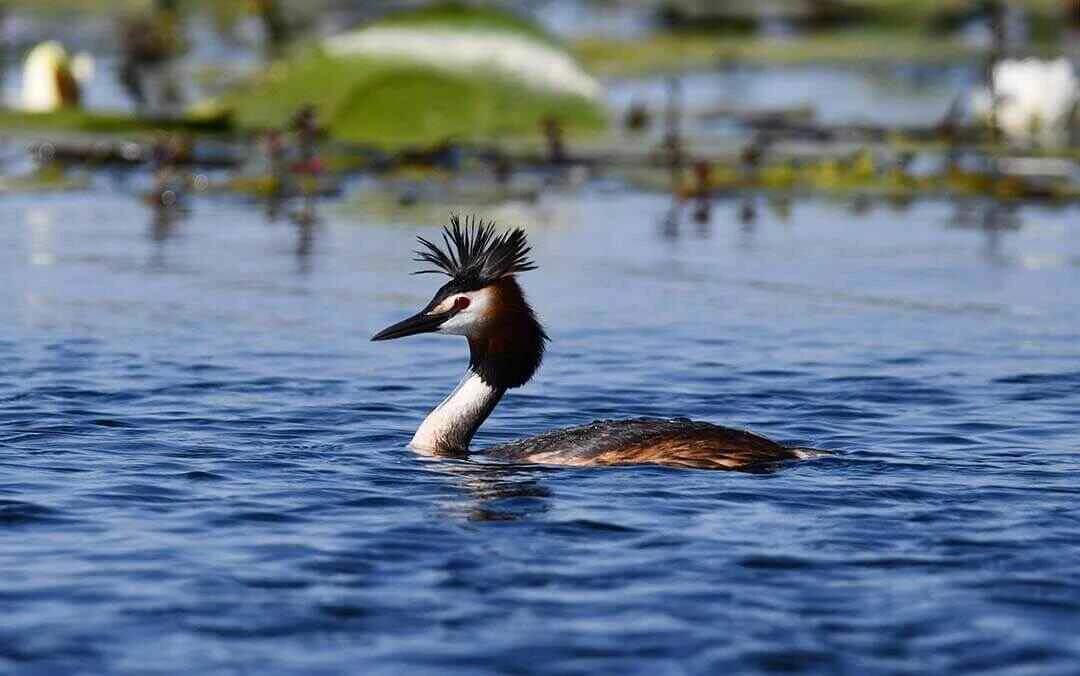
Key species here include Macronyx sharpei and Cisticola aberdare both known to occur, but their current status and distribution within the Important Bird Area are unknown. Falco naumanni is a formerly regular Palearctic passage migrant, and Gallinago media is an uncommon Palearctic winter visitor.
Read More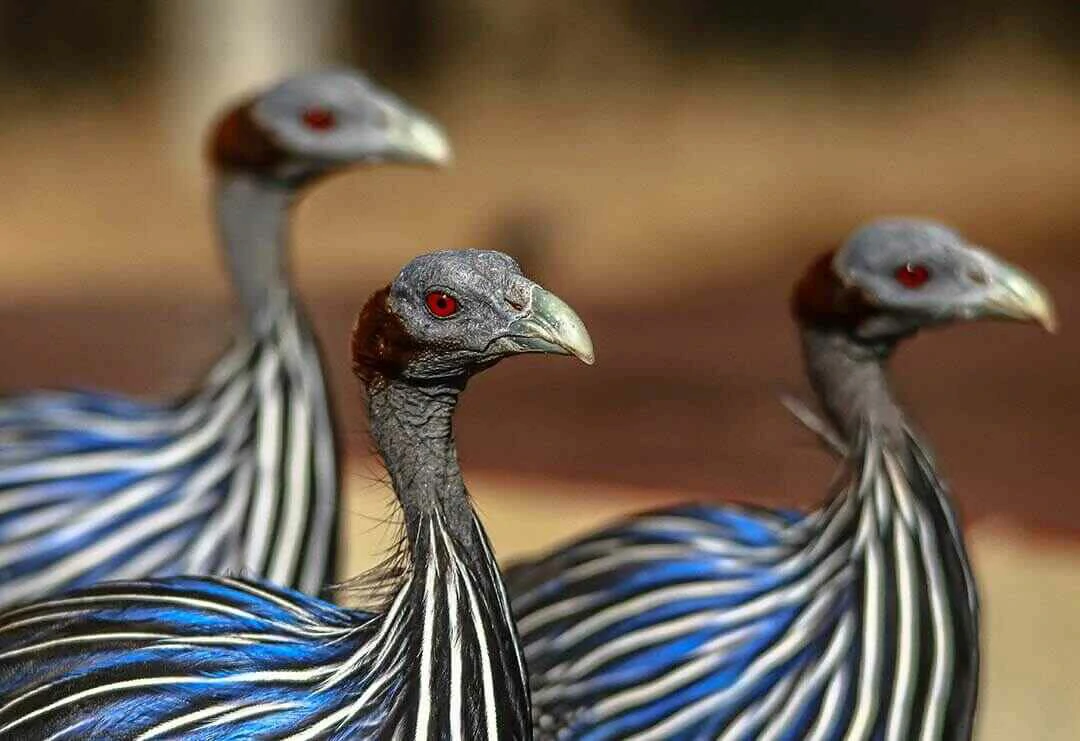
Meru offers good bird watching throughout the year, but the best time is from November to April when the migrants from Europe and North Africa are present. This coincides with the breeding season when many species are nesting. Although good for birding, April tends to be very wet and is a less productive time for wildlife viewing.
Read More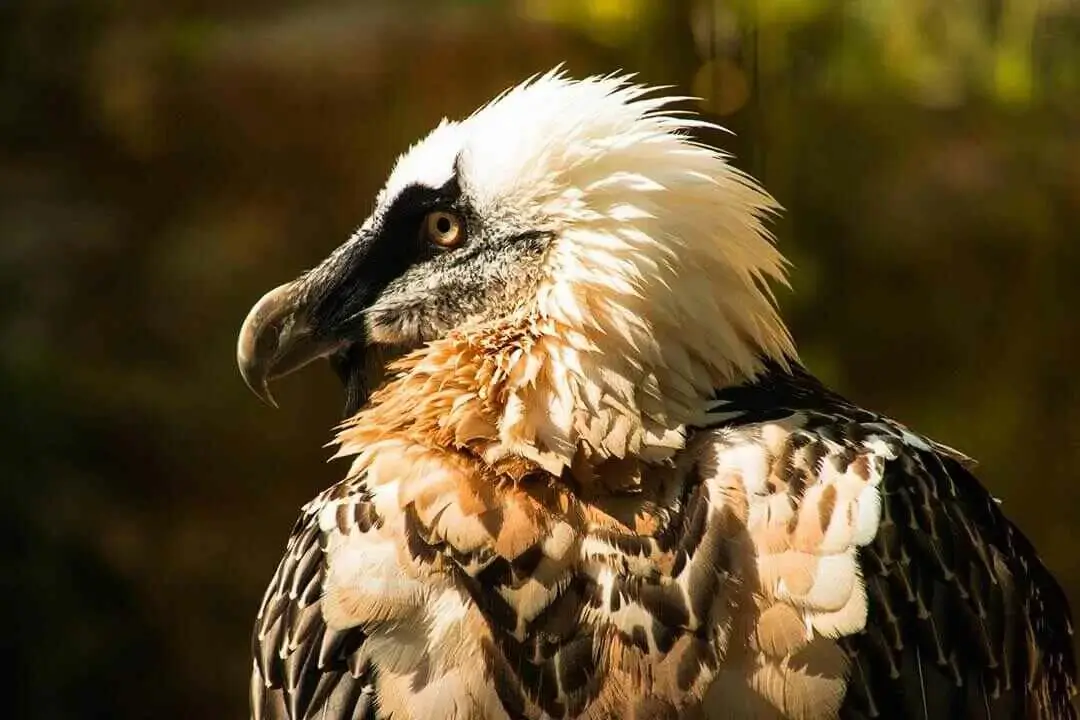
Mount Elgon National Park is home to 305 species of birds most of which are only found, Jackson's and Moorland Francolins, endemic to Kenya, Hartlaub's Turaco, Black-collared Apalis, and Streaky-headed Seedeater.
Read More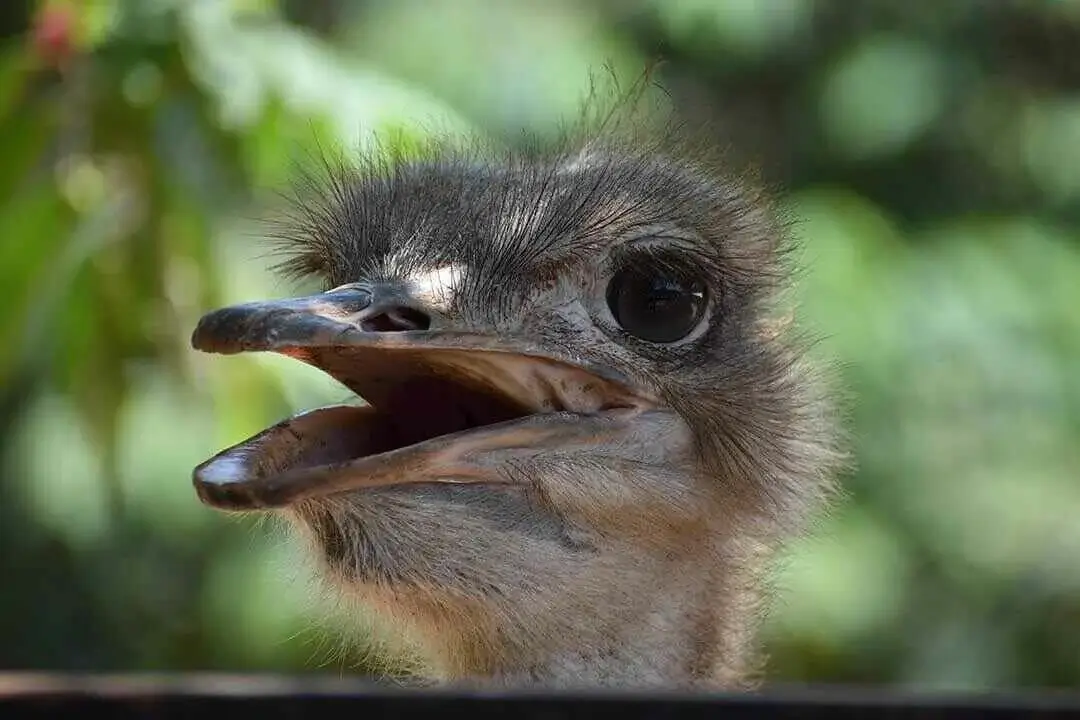
Nairobi National Park is an important roosting site for Falco naumanni flocks on passage (up to 5,000 have been recorded), although numbers have declined markedly in recent years. The substantial area of undisturbed grassland is of great importance for species such as the restricted-range Euplectes jacksoni, which breeds here regularly after good rains
Read More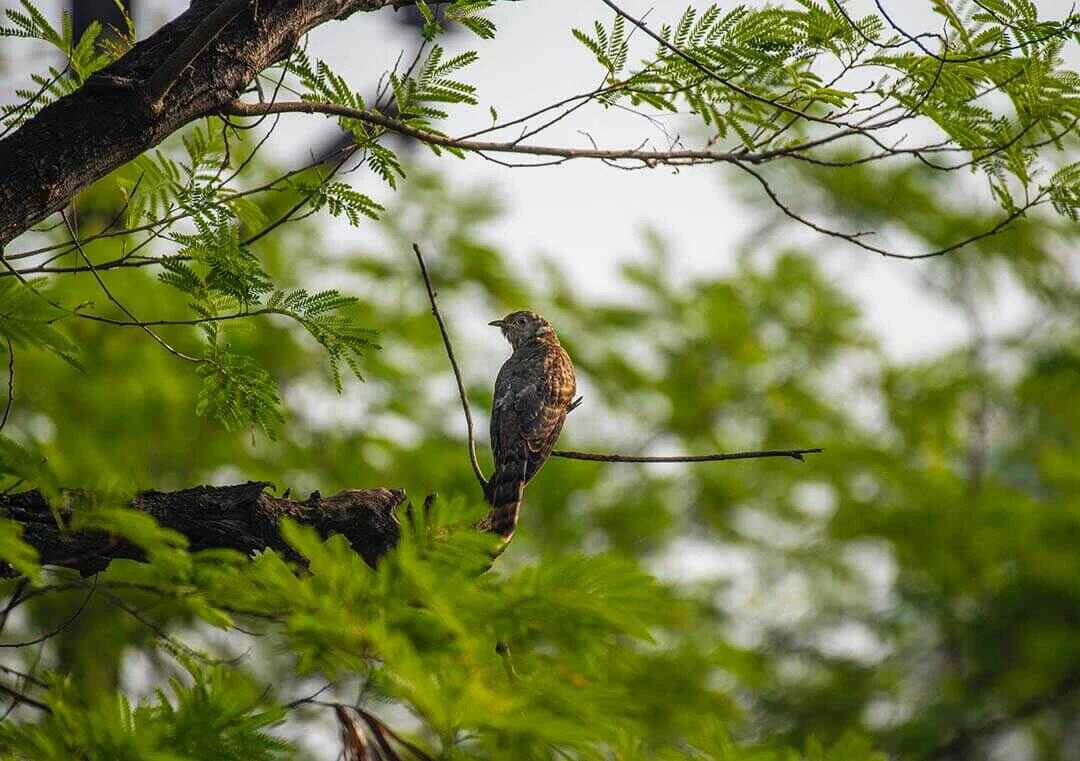
Ruma National Park is a birding destination with over 400 species of birds recorded in the park, making it an important bird area, the rare intra African migrant, the blue swallow is one such avian species.
Read More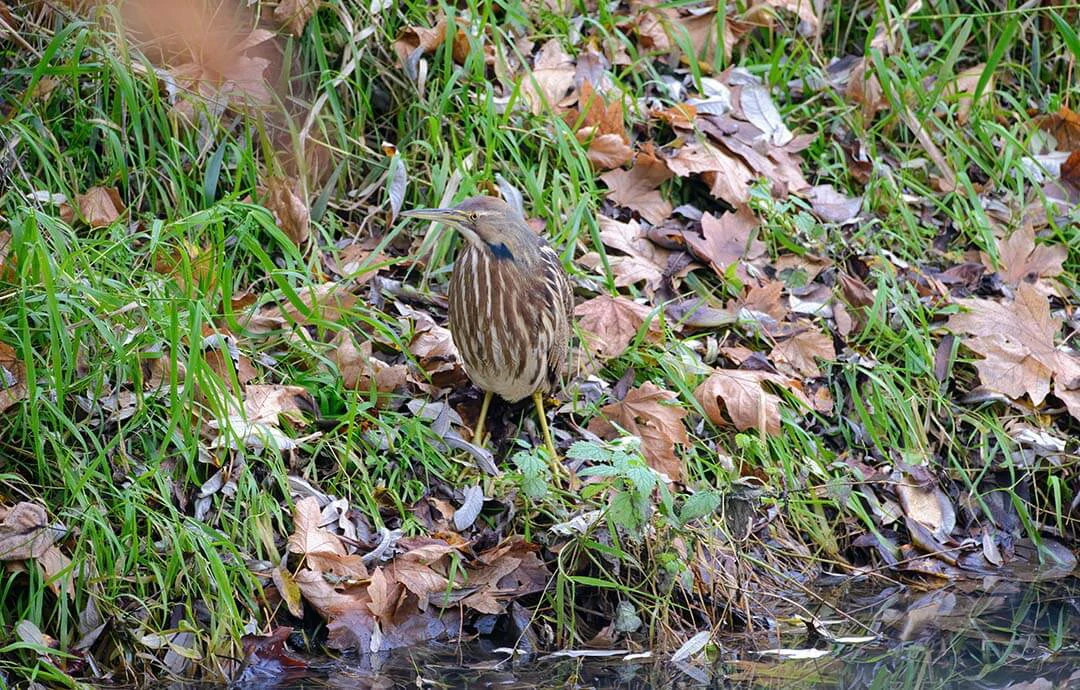
Saiwa National Park Birds include, Dwarf Bittern, Western Reef Heron, Goliath Heron, African Fish Eagle, African Marsh Harrier, Bat Hawk, Wahlberg's Eagle, Allen's Gallinule, African Green Pigeon, Ross's Turaco, Blue-headed Coucal, Narina Trogon, Abyssinian Roller, Mustached Green Tinkerbird, Slender-billed Greenbul, Grey-winged Robin-Chat, African Thrush, White-browed Crombec, Black-throated Apalis, Black-throated Wattle-eye, African Blue Flycatcher, Brown Flycatcher, Yellow-billed Shrike, Marsh Tchagra, Bronze Starling, Heuglin's Masked Weaver, Hartlaub's Marsh Widowbird Black-bellied Seedcracker
Read More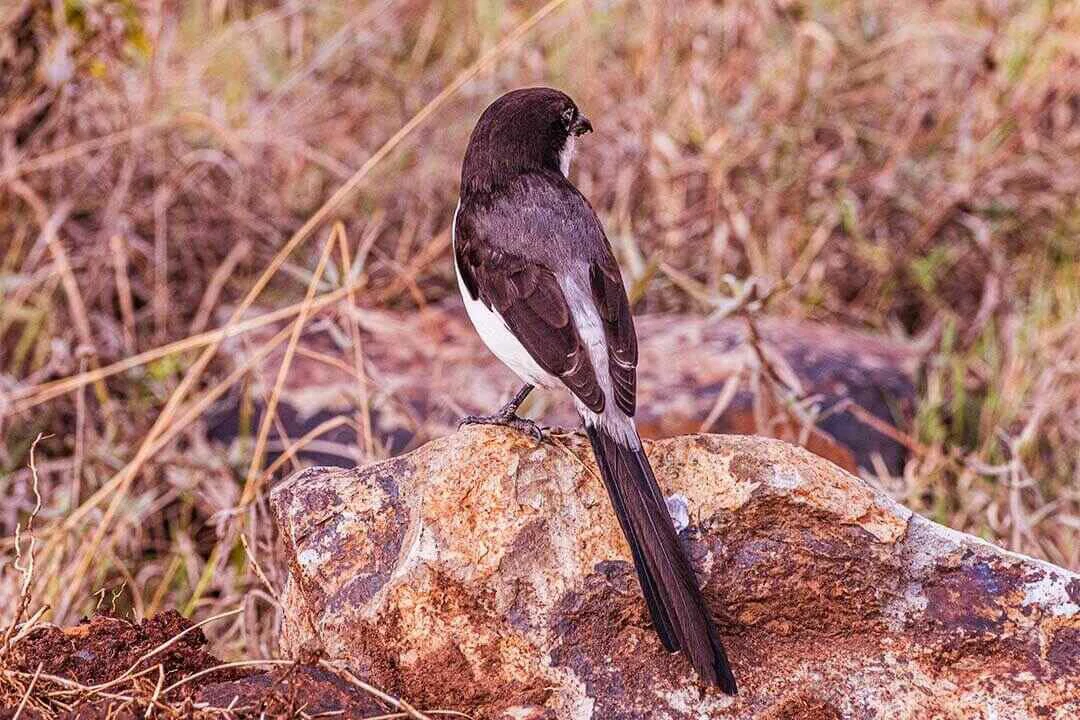
Tsavo West has a rich avifauna. The enigmatic, Near Threatened Mirafra pulpa has been recorded singing and displaying in years of good rains, and presumably nests here. Tsavo West forms part of a corridor of natural habitat in eastern Kenya through which vast numbers of Palearctic birds migrate, especially in November and December.
Read More